Boy, Did I Lead You Astray!
Folks, I owe you a BIG apology, because last week I really led you astray! In the article "Thank You Sure Jell for a Unique Jam!” I promoted the inversion method of sealing your jars when making jam. Turns out, even though I’ve been doing this for all my jam-making years, this is absolutely NOT a smart thing to do.
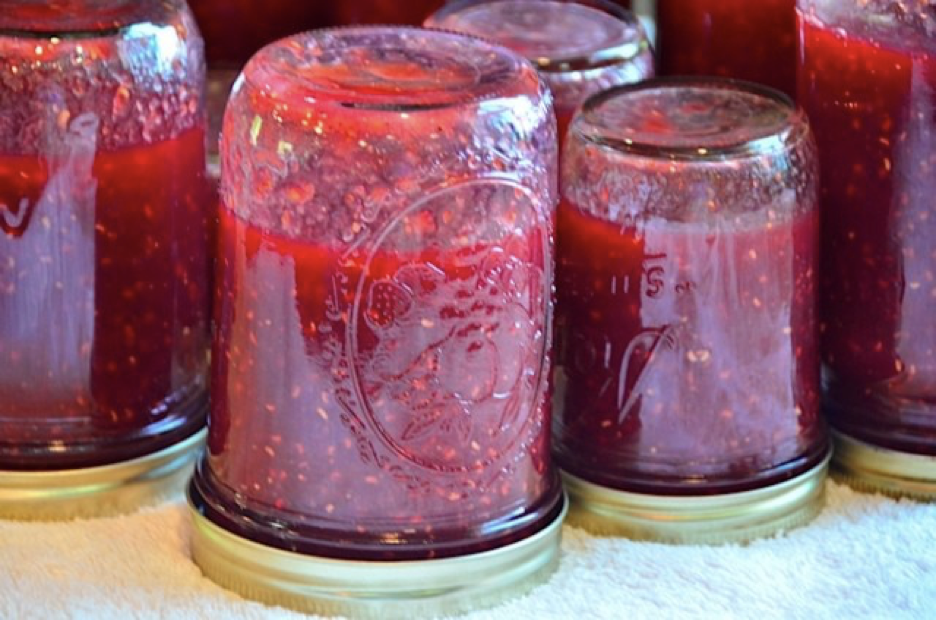
I know this now because one of our readers was kind enough to email me with a very clear explanation as to why this is not a safe way to make jam, jelly, preserves, etc. I’ve asked her permission to share what she wrote. I want to quote her (rather than paraphrase) because she stated the concerns so clearly:
“I have to point out that the inversion method in canning, in this case in jam making, is no longer recommended by the USDA's National Center for Home Food Preservation (NCHFP). If SURE-JELL is still advocating this old method of sealing jars, they should be encouraged to update their inserts with current recommendations for safe home food preservation.
“To quote from Preserving Food: Processing Jams and Jellies (revised 05/2019) by Dr. Elizabeth L. Andress, Ph.D., University of Georgia Cooperative Extension (home of NCHFP) https://nchfp.uga.edu/how/can7_jam_jelly.html:F:
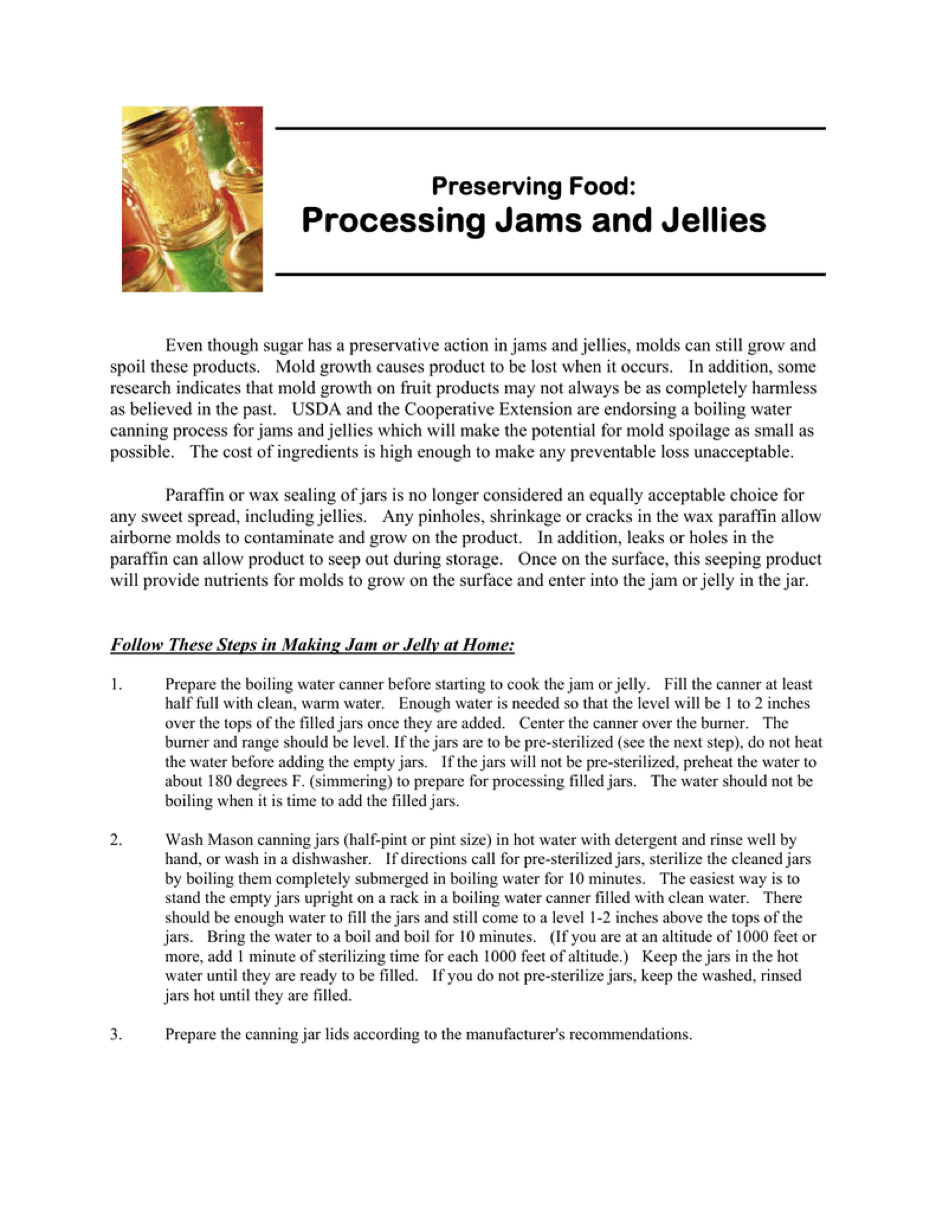
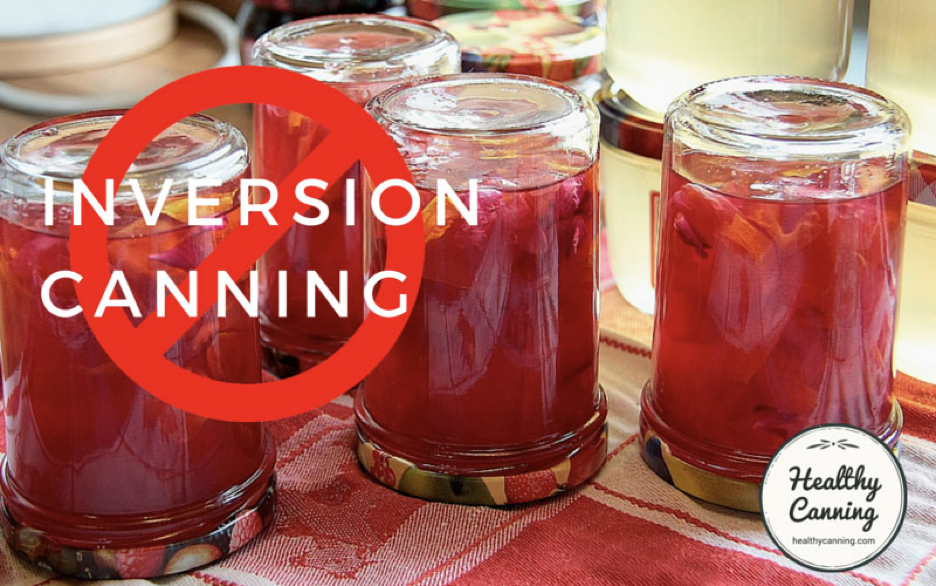
" ‘While this inversion process can be successful in producing a sealed jar, it works best with very hot product and should only be used with certain recipes. Individual variation in practicing this procedure or unexpected interruptions can result in delay between filling jars, getting lids screwed on, and inverting the jars. If the product cools down too much, the temperature of the product can become low enough to no longer be effective in sealing jars or preventing spoilage.
“ ‘When the inversion process does work sometimes, the vacuum seals of filled jars are usually weaker than those produced by a short boiling water canning process. A weaker vacuum represents some air retained inside the jar in the headspace. A larger amount of retained oxygen in the headspace of the jar may allow some mold growth if airborne molds contaminated the surface of the product as the jar was filled and closed. More complete removal of oxygen from the headspace also offers some longer protection from undesirable color and flavor changes with some types of fruit products. A weak seal may be more likely to fail during storage.
“ ‘The canning process is therefore a more foolproof method of making jams and jellies that will not spoil or lose quality during storage.’
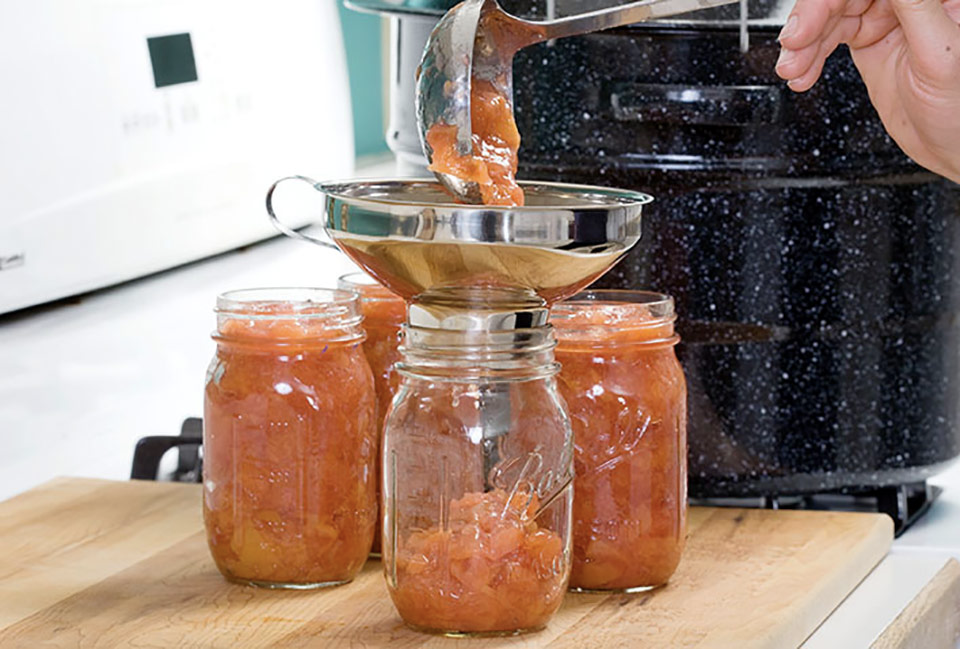
Our reader goes on to say, “I'm well aware that many people feel ‘my kitchen, my rules,’ but you have written an article for the public advocating a discredited method of safe home food preservation. Many in your audience may be new to canning and not be aware of these safe canning recommendations. It behooves you to research those safe methods in your writing. The USDA has been researching and developing recipes for 100+ years and, along with University Cooperative Extensions, is the gold standard. I highly recommend the NCHFP as a great resource, https://nchfp.uga.edu/, especially for beginners.”
So going forward this season, let’s be sure to follow these guidelines as we put up our jams and jellies. Doing so will ensure not just a tastier, but a safer end product.
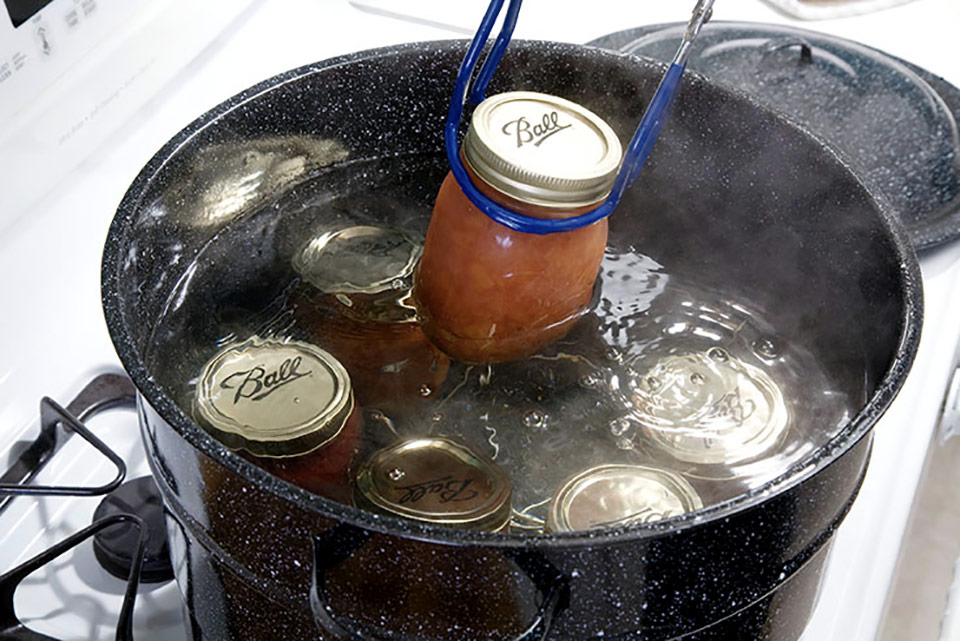
Finally, along with my apology to you, I want to thank this gracious reader for taking the time to share this helpful information and for setting me straight. She makes an important point: it behooves me to do my research and not assume a thing. You can bet going forward I surely will!

I know this now because one of our readers was kind enough to email me with a very clear explanation as to why this is not a safe way to make jam, jelly, preserves, etc. I’ve asked her permission to share what she wrote. I want to quote her (rather than paraphrase) because she stated the concerns so clearly:
“I have to point out that the inversion method in canning, in this case in jam making, is no longer recommended by the USDA's National Center for Home Food Preservation (NCHFP). If SURE-JELL is still advocating this old method of sealing jars, they should be encouraged to update their inserts with current recommendations for safe home food preservation.
“To quote from Preserving Food: Processing Jams and Jellies (revised 05/2019) by Dr. Elizabeth L. Andress, Ph.D., University of Georgia Cooperative Extension (home of NCHFP) https://nchfp.uga.edu/how/can7_jam_jelly.html:F:


" ‘While this inversion process can be successful in producing a sealed jar, it works best with very hot product and should only be used with certain recipes. Individual variation in practicing this procedure or unexpected interruptions can result in delay between filling jars, getting lids screwed on, and inverting the jars. If the product cools down too much, the temperature of the product can become low enough to no longer be effective in sealing jars or preventing spoilage.
“ ‘When the inversion process does work sometimes, the vacuum seals of filled jars are usually weaker than those produced by a short boiling water canning process. A weaker vacuum represents some air retained inside the jar in the headspace. A larger amount of retained oxygen in the headspace of the jar may allow some mold growth if airborne molds contaminated the surface of the product as the jar was filled and closed. More complete removal of oxygen from the headspace also offers some longer protection from undesirable color and flavor changes with some types of fruit products. A weak seal may be more likely to fail during storage.
“ ‘The canning process is therefore a more foolproof method of making jams and jellies that will not spoil or lose quality during storage.’

Our reader goes on to say, “I'm well aware that many people feel ‘my kitchen, my rules,’ but you have written an article for the public advocating a discredited method of safe home food preservation. Many in your audience may be new to canning and not be aware of these safe canning recommendations. It behooves you to research those safe methods in your writing. The USDA has been researching and developing recipes for 100+ years and, along with University Cooperative Extensions, is the gold standard. I highly recommend the NCHFP as a great resource, https://nchfp.uga.edu/, especially for beginners.”
So going forward this season, let’s be sure to follow these guidelines as we put up our jams and jellies. Doing so will ensure not just a tastier, but a safer end product.

Finally, along with my apology to you, I want to thank this gracious reader for taking the time to share this helpful information and for setting me straight. She makes an important point: it behooves me to do my research and not assume a thing. You can bet going forward I surely will!
Sources:
- www.reluctantentertainer.com
- www.studylib.net
- www.eatingwell.com
- www.healthycanning.com
 Alice Osborne
Alice Osborne
Weekly Newsletter Contributor since 2006
Email the author! alice@dvo.com
